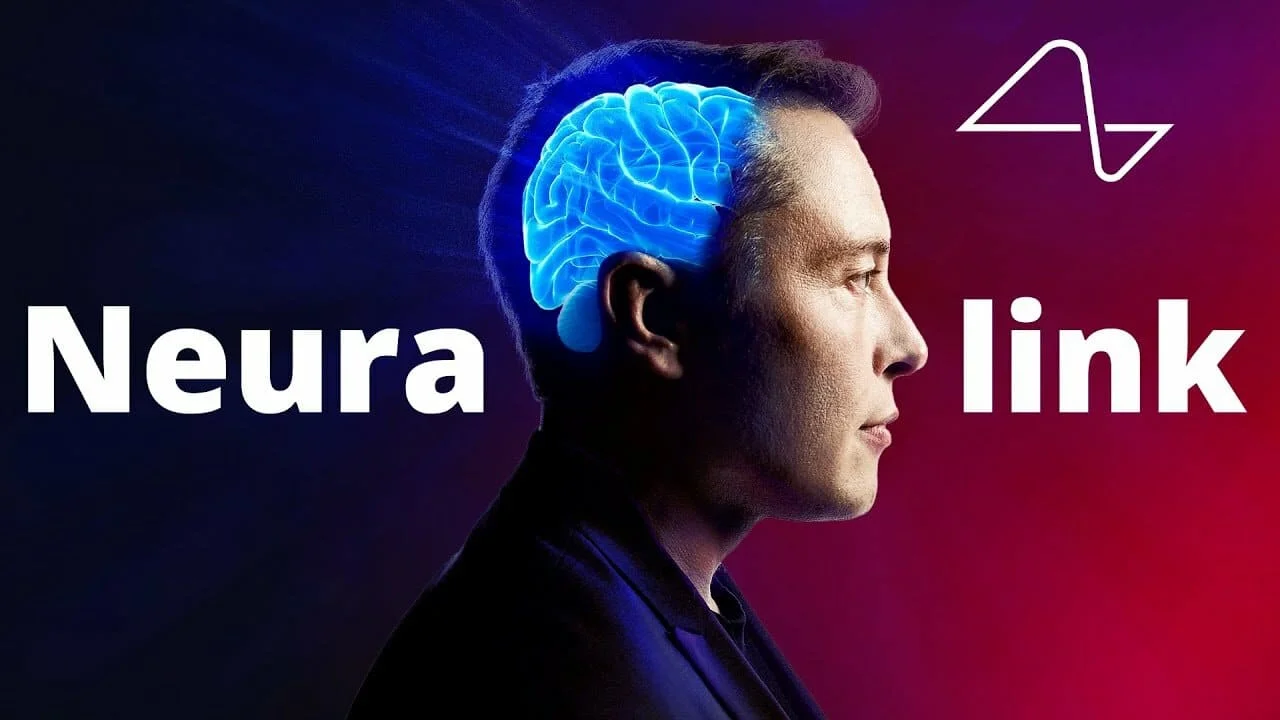It’s finally happening. Elon Musk’s Neuralink has opened the door to the first human trials, known as the PRIME study. Although the announcement comes almost a year after the initial discovery and a month after rival Synchron, the announcement marks a significant milestone in the field of brain-computer interfaces (BCI).
It looks like science fiction is finally one step closer to becoming reality
While flashy promises like learning kung fu from an SD card and controlling the minds of your devices are floating around, the company is currently focusing on a basic but radical goal. Neuralink aims to test the safety and initial use of the N1 system in people suffering from paralysis due to spinal cord injuries or ALS. The goal is simple yet innovative: to allow users to control a computer cursor or keyboard with a simple thought.
However, the journey to this point was not smooth. Neuralink was subject to criticism last year when allegations of cruelty towards animals emerged, its research slowed down and federal investigations were launched. But after recently receiving FDA approval to exempt investigational devices, Neuralink is ready to move forward.
The technology involves the Utah Array, a complex grid of ultra-thin probes inserted into the patient’s brain by a custom Neuralink R1 robot. Unlike Synchron’s Stentrode, which can be applied non-surgically, the Neuralink device requires a robotic keyhole surgical procedure. The system will convert the brain’s electrical signals into digital commands, essentially acting as a high-tech intermediary between mind and machine.
The question now is: Does the late entry and cautious approach put Neuralink at a disadvantage, or does it point to a more comprehensive and potentially successful path to integrating BCI into daily life? As the trials finally begin, the technology world is waiting with bated breath for the results that could bring Neuralink forward or push it further back.
At this rate, Neuralink’s caution, making sure every “i” is dotted and every “t” is crossed, may be its biggest advantage. Full-scale adoption of Neuralink would have been much easier if the company had continued down a safer path.













